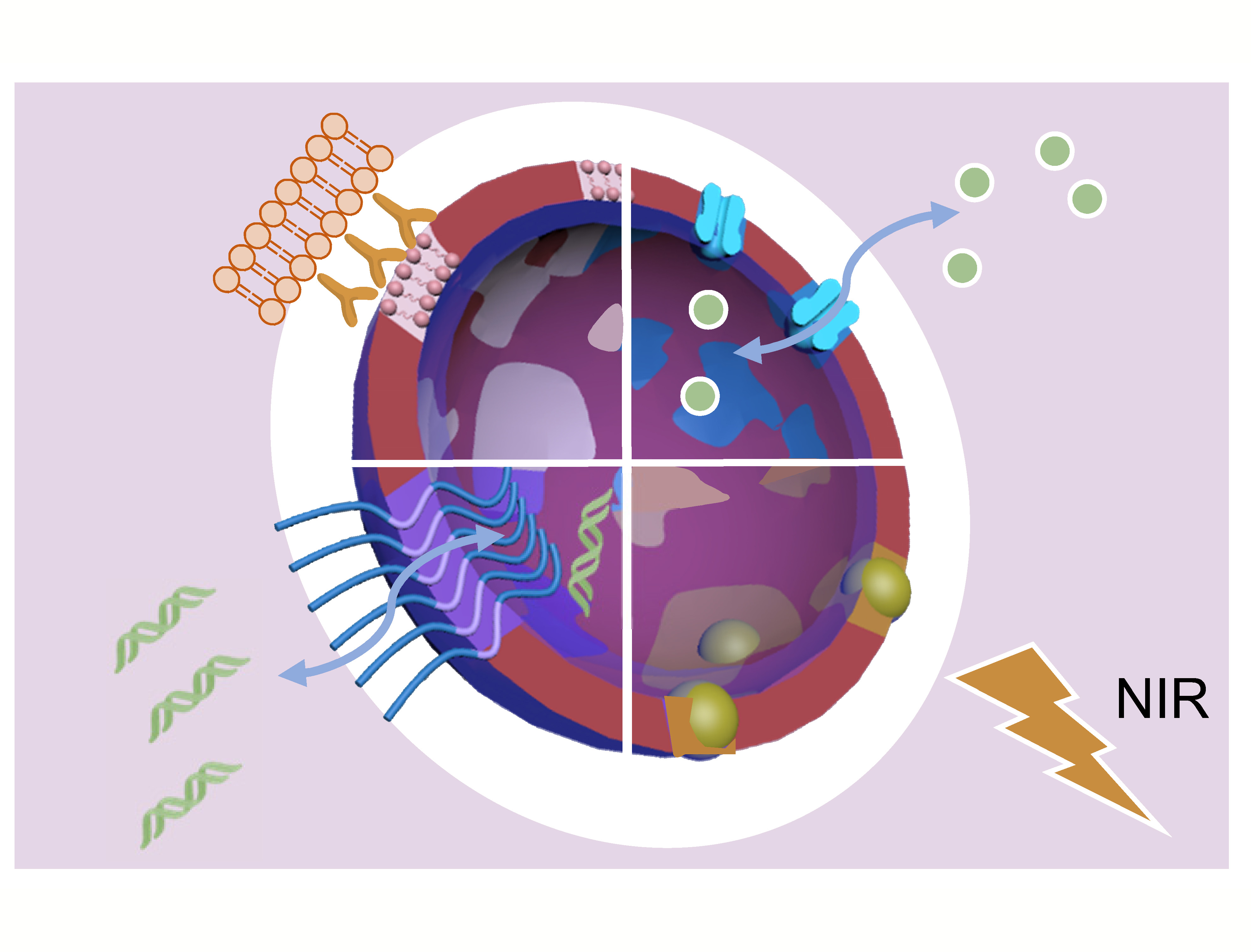Design principles, synthesis and biomedical applications of polymer vesicles with inhomogeneous membranes
作者:Liu, D. Q.; Sun. H.; Xiao, Y. F.; Chen, S.; Cornel, E. J.; Zhu, Y. Q.*; Du, J. Z.* 时间:2020-07-26 点击数:

Abstract
Inspired by cell membrane structures, synthetic polymer vesicles caused great expectations for the preparation of biomedicine for decades. However, in contrast to bio-membranes, which consist of inhomogeneous features, conventional synthetic polymer vesicles usually consist of a homogeneous membrane which is purely made out of hydrophobic components. This significantly limited the versatility of synthetic polymer vesicle membranes. Fortunately, polymer vesicles with inhomogeneous membranes were recently developed to address this limitation. These new inhomogeneous membrane features introduced secondary functions to the vesicle membrane. Indeed, the membrane of polymer vesicles no longer only serves as a simple barrier that separates the interior from the exterior environment. Introduced membrane features can act as a versatile platform for tailorable nanoparticle functionalities, which allow functions such as biomacromolecule transportation, diabetes treatment, and cancer theranostics. This review highlights recent advances made with polymer vesicles with inhomogeneous membrane structures. More specifically, design principles, biomedical applications, and the future perspectives of such vesicles are summarized.
文章链接:Journal of Controlled Release 2020, 326, 365-386.